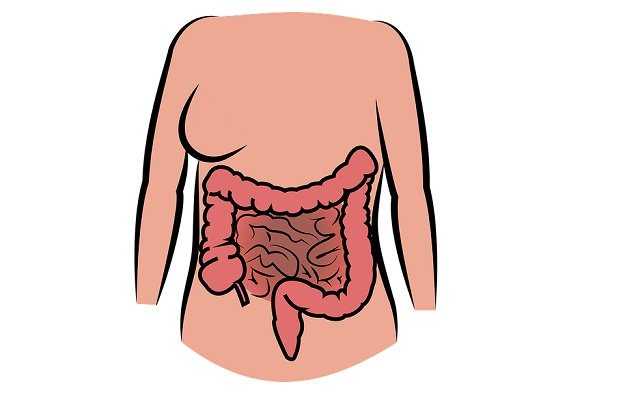What is shigellosis?
Shigellosis is an invasive, infectious disease caused by a group of bacteria called Shigella. The most common manifestation of shigellosis is diarrhoea, followed by fever and stomach cramps. This disease frequently affects children in areas of poor sanitation and hygiene because of the faeco-oral route of transmission of the disease.
What are its main signs and symptoms?
One may experience symptoms 1 or 2 days after contact with the bacteria.
Common symptoms include:
- Diarrhoea, with stools containing mucus, blood and pus i.e., dysentry
- Fever
- Abdominal cramps
- Feeling of incomplete defecation
- Fatigue
- Nausea
- Vomiting
Rare symptoms include:
- Post-infectious arthritis: eye irritation, painful joints and pain on urination
- Bloodstream infections: these occur among those who have a weakened immune system, as in the case of HIV, malnutrition and cancer
- Seizures
- Haemolytic-uraemic syndrome
What are the main causes?
Shigellosis is acquired when a person accidentally ingests shigella bacteria.
Causes of shigellosis include:
- It can spread via direct contact with a person who is infected with Shigella bacteria.
- Eating contaminated food
- Drinking contaminated water
- People who work at childcare centres, jails and nursing homes or live in areas of poor sanitation and hygiene are more prone to shigellosis.
How is it diagnosed and treated?
History and examination aid in diagnosing shigellosis. Your doctor will advise a stool test to detect Shigella bacteria and toxins.
Management includes:
- Shigellosis usually resolves on its own within a period of 5 to 7 days.
- Mild shigellosis requires adequate amounts of fluid intake.
- Drinking plenty of water is very important in order to compensate for the loss of fluids from the body.
- Oral rehydration solutions (ORS) like lemonade, buttermilk, homemade ORS, coconut water, etc. must be consumed regularly to replenish lost salt and fluids.
- Intravenous fluids may be administered in certain cases for rapid results.
- Only severe cases of shigellosis require antibiotic treatment. Infants, elderly persons, people with weak immunity and those suffering from HIV will require antibiotics.
















